As early Sun moved through Milky Way Earth's first continents formed
Friday, 26 August 2022 13:17 A new study of zircon crystals from two of Earth's oldest continents indicates that the formation of Earth's continental crust goes through cycles, with periods of increased crust production roughly every 200 million years, corresponding to the solar system's transit through the four primary spiral arms of the Milky Way galaxy. According to the study published in the journal Geology yesterday, r
A new study of zircon crystals from two of Earth's oldest continents indicates that the formation of Earth's continental crust goes through cycles, with periods of increased crust production roughly every 200 million years, corresponding to the solar system's transit through the four primary spiral arms of the Milky Way galaxy. According to the study published in the journal Geology yesterday, r Radar images from Perseverance reveal underground surprises
Friday, 26 August 2022 13:17 After a tantalizing year-and-a-half wait since the Mars Perseverance Rover touched down on our nearest planetary neighbor, new data is arriving - and bringing with it a few surprises.
The rover, which is about the size of car and carries seven scientific instruments, has been probing Mars' 30-mile-wide Jezero crater, once the site of a lake and an ideal spot to search for evidence of ancie
After a tantalizing year-and-a-half wait since the Mars Perseverance Rover touched down on our nearest planetary neighbor, new data is arriving - and bringing with it a few surprises.
The rover, which is about the size of car and carries seven scientific instruments, has been probing Mars' 30-mile-wide Jezero crater, once the site of a lake and an ideal spot to search for evidence of ancie The sands of Mars are green as well as red, rover Perseverance discovers
Friday, 26 August 2022 13:17 The accepted view of Mars is red rocks and craters as far as the eye can see. That's much what scientists expected when they landed the rover Perseverance in the Jezero Crater, a spot chosen partly for the crater's history as a lake and as part of a rich river system, back when Mars had liquid water, air and a magnetic field.
What the rover found once on the ground was startling: Rather th
The accepted view of Mars is red rocks and craters as far as the eye can see. That's much what scientists expected when they landed the rover Perseverance in the Jezero Crater, a spot chosen partly for the crater's history as a lake and as part of a rich river system, back when Mars had liquid water, air and a magnetic field.
What the rover found once on the ground was startling: Rather th Perseverance Makes New Discoveries in Mars' Jezero Crater
Friday, 26 August 2022 13:17 Scientists got a surprise when NASA's Perseverance Mars rover began examining rocks on the floor of Jezero Crater in spring of 2021: Because the crater held a lake billions of years ago, they had expected to find sedimentary rock, which would have formed when sand and mud settled in a once-watery environment. Instead, they discovered the floor was made of two types of igneous rock - one that for
Scientists got a surprise when NASA's Perseverance Mars rover began examining rocks on the floor of Jezero Crater in spring of 2021: Because the crater held a lake billions of years ago, they had expected to find sedimentary rock, which would have formed when sand and mud settled in a once-watery environment. Instead, they discovered the floor was made of two types of igneous rock - one that for A World of Firsts
Friday, 26 August 2022 13:17 The Mars 2020 Mission is pushing the boundaries of what is possible on Mars. The most incredible part of working on Mars 2020, for me, has been the versatility of both the hardware and the operations team to push our spacecraft to achieve things they were not originally designed for.
The first example of this was the surprise extension of the Ingenuity Mars Helicopter's operations. Ingenui
The Mars 2020 Mission is pushing the boundaries of what is possible on Mars. The most incredible part of working on Mars 2020, for me, has been the versatility of both the hardware and the operations team to push our spacecraft to achieve things they were not originally designed for.
The first example of this was the surprise extension of the Ingenuity Mars Helicopter's operations. Ingenui The PI's Perspective: Extending Exploration and Making Distant Discoveries
Friday, 26 August 2022 13:17 New Horizons remains healthy from its position deep in the Kuiper Belt, even as it speeds farther and farther from the Earth and Sun by about 300 million miles per year. The spacecraft is about 54 times farther from the Sun than Earth, which is about two billion miles farther out than our first science flyby target, Pluto, and about a billion miles farther out than Arrokoth, the Kuiper Belt obje
New Horizons remains healthy from its position deep in the Kuiper Belt, even as it speeds farther and farther from the Earth and Sun by about 300 million miles per year. The spacecraft is about 54 times farther from the Sun than Earth, which is about two billion miles farther out than our first science flyby target, Pluto, and about a billion miles farther out than Arrokoth, the Kuiper Belt obje JWST makes first unequivocal detection of carbon dioxide in an exoplanet atmosphere
Friday, 26 August 2022 13:17 For the first time, astronomers have found unambiguous evidence of carbon dioxide in the atmosphere of an exoplanet (a planet outside our solar system).
The discovery, accepted for publication in Nature and posted online August 25, demonstrates the power of the James Webb Space Telescope (JWST) to deliver unprecedented observations of exoplanet atmospheres.
Natalie Batalha, professor
For the first time, astronomers have found unambiguous evidence of carbon dioxide in the atmosphere of an exoplanet (a planet outside our solar system).
The discovery, accepted for publication in Nature and posted online August 25, demonstrates the power of the James Webb Space Telescope (JWST) to deliver unprecedented observations of exoplanet atmospheres.
Natalie Batalha, professor ESA Open Day at ESTEC on Sunday 2 October
Friday, 26 August 2022 12:35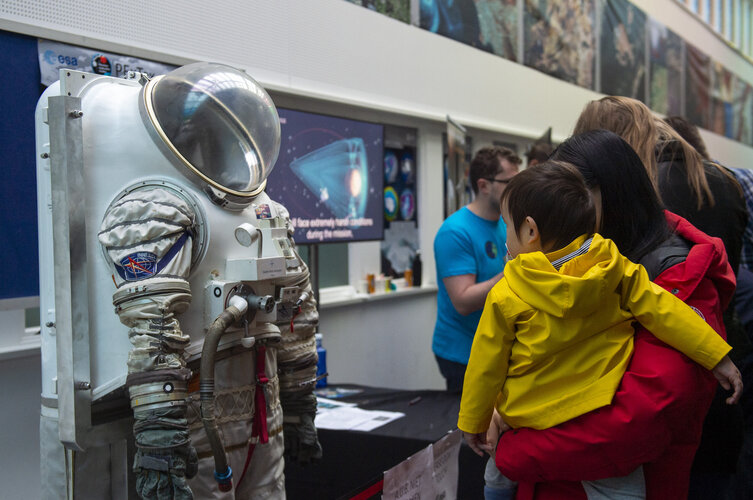
Save the date: this year’s 11th annual ESA Open Day at ESTEC in the Netherlands is confirmed to take place on Sunday 2 October. One of a string of ‘ESA Days’ across Member States, this is the day when the gates of the Agency’s technical heart will be thrown open to the general public, to see space hardware and testing facilities and meet space scientists, engineers and ESA astronauts.
Godspeed, Uhura: A bit of Star Trek's Nichelle Nichols will go to space
Friday, 26 August 2022 12:07
Nichelle Nichols, who blazed a trail for Black actors as Lieutenant Uhura on the original "Star Trek," never got to go to space while she was alive—but her ashes and her DNA are due to reach the final frontier as early as this year.
The symbolic samples are scheduled to fly beyond the moon, along with the ashes of other dearly departed Star Trek pioneers such as James Doohan ("Scotty"); Majel Barrett Roddenberry ("Nurse Chapel"); the TV series' creator, Gene Roddenberry; and visual-effects wizard Douglas Trumbull.
To top it all off, Nichols' memorial journey will begin with the launch of a Vulcan rocket. "I'm sure she would have much preferred to go on the shuttle," said her son, Kyle Johnson, "but this was a pretty close second."
The "Enterprise" memorial mission is being organized by Houston-based Celestis, which has been making arrangements to fly its customers' cremated remains for a quarter-century.
Week in images: 22-26 August 2022
Friday, 26 August 2022 12:00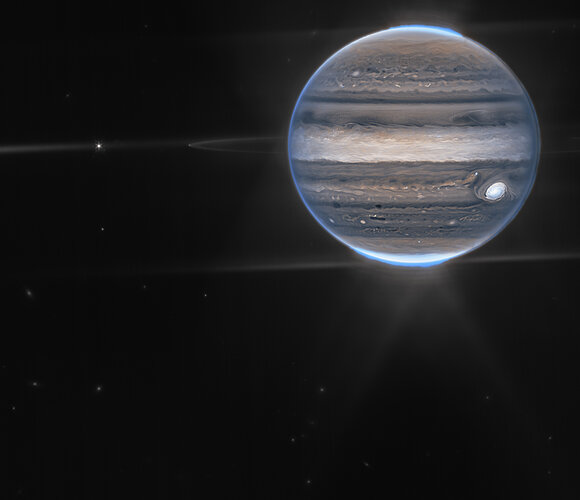
Week in images: 22-26 August 2022
Discover our week through the lens
Protecting Artemis and lunar explorers from space radiation
Friday, 26 August 2022 10:30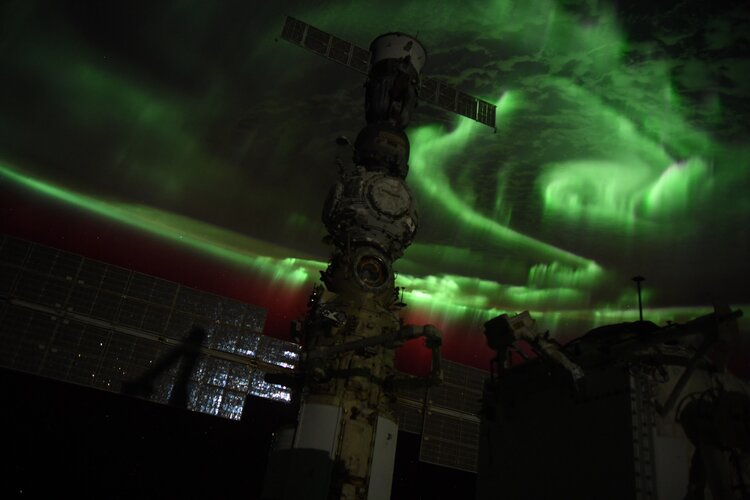
Sunrise for the Moon
Friday, 26 August 2022 10:24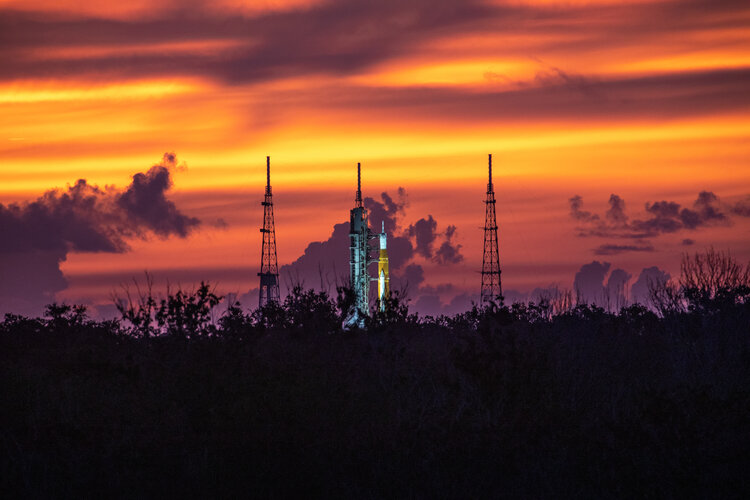 Image:
Image:
The Orion spacecraft with integrated European Service Module sit atop the Space Launch System, imaged at sunrise at historic Launchpad 39B at Kennedy Space Center in Florida, USA.
The Flight Readiness Review has deemed the trio GO for launch, marking the dawn of a new era in space exploration.
The first in a series of missions that will return humans to the Moon, including taking the first European, Artemis I is scheduled for launch no earlier than Monday 29 August, at 14:33 CEST.
This mission will put NASA’s Orion spacecraft and ESA’s European Service Module to the test during a
Cubesats to hitch rides on Artemis 1
Friday, 26 August 2022 09:52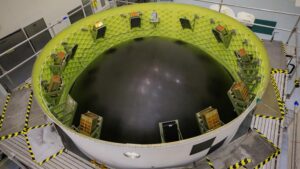
The first flight of the Space Launch System will carry along with the Orion spacecraft 10 cubesats intended to carry out missions from prospecting for lunar ice to flying by an asteroid — if they’re not dead on arrival.
China makes progress in reusability with secretive second flight of suborbital spaceplane
Friday, 26 August 2022 08:06
China has performed its first repeated use of a suborbital spaceplane as part of efforts to develop a fully reusable space transportation system.
The post China makes progress in reusability with secretive second flight of suborbital spaceplane appeared first on SpaceNews.
Lunar Trailblazer faces NASA review after cost overruns
Friday, 26 August 2022 07:04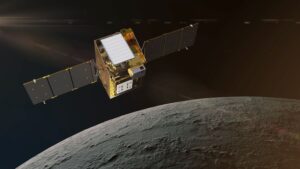
NASA will decide the future of a lunar smallsat orbiter mission at a review this fall after cost overruns by the spacecraft’s manufacturer.
The post Lunar Trailblazer faces NASA review after cost overruns appeared first on SpaceNews.

